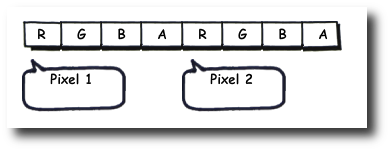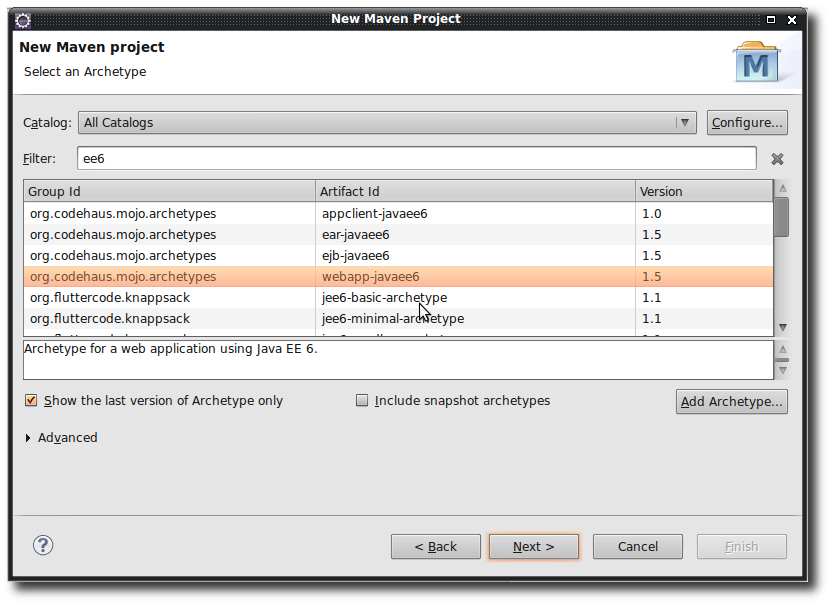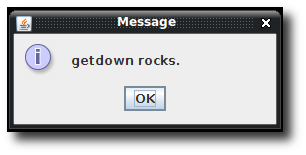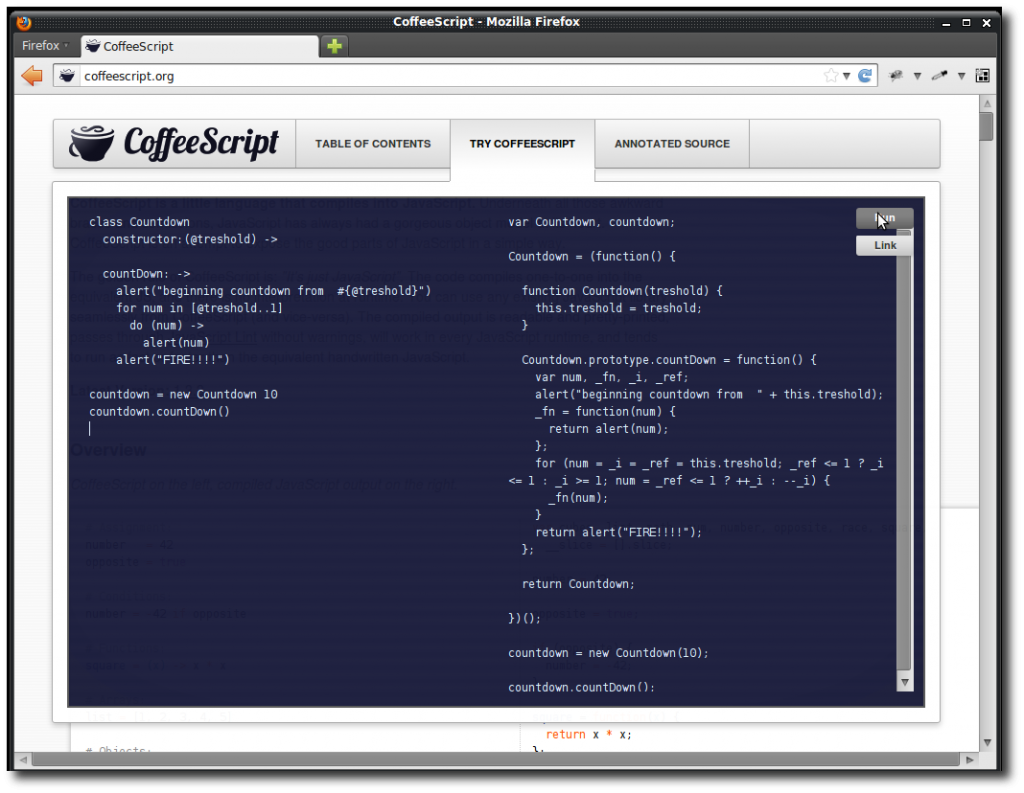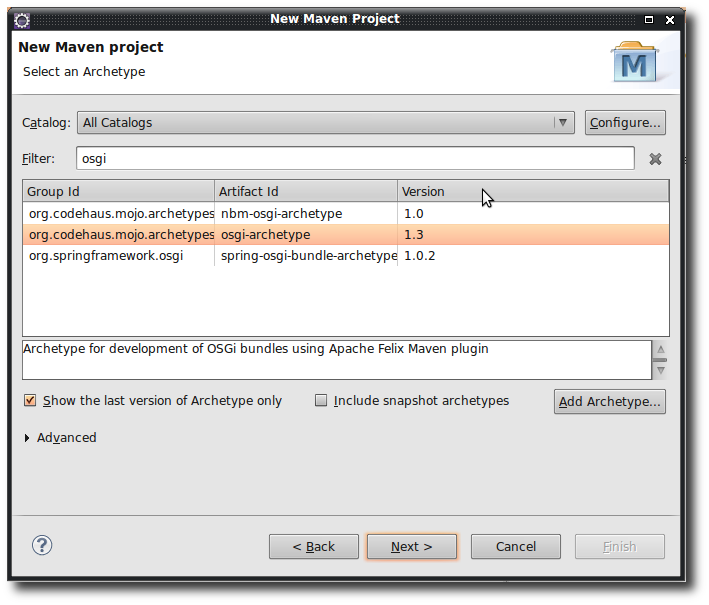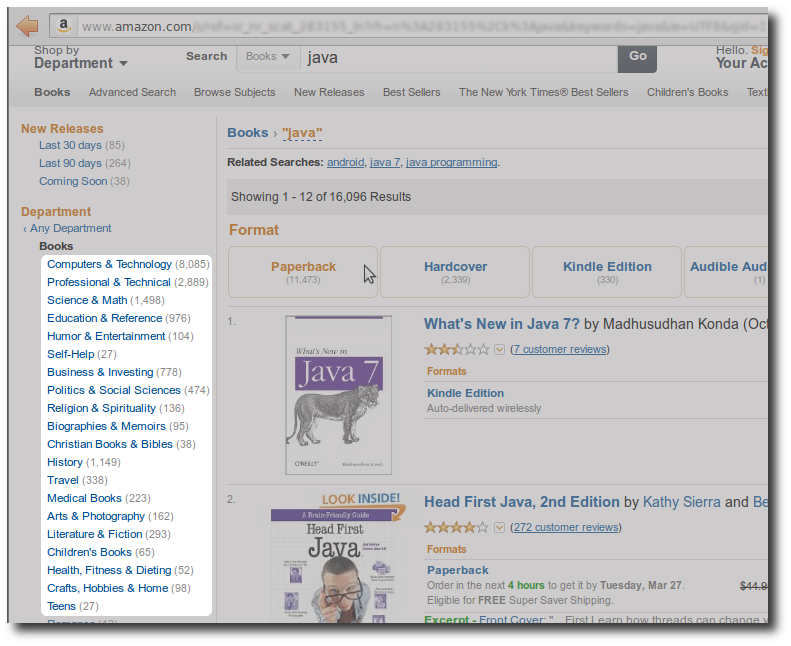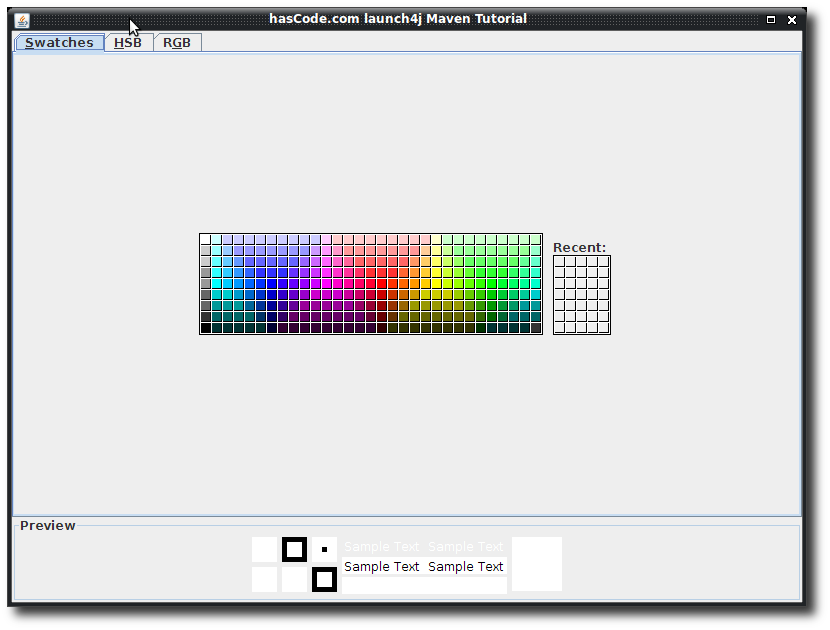
Creating a Windows Executable from a Jar using Maven
Often in the life of a developer there is the need to create a windows executable for a Java application that is build and packaged in a Jar file. The following short example shows how to create an executable Jar first and a windows executable containing vendor information, a nice icon and other stuff afterwards by using a combination of the Maven Shade Plugin and the launch4j Plugin for Maven. ...
